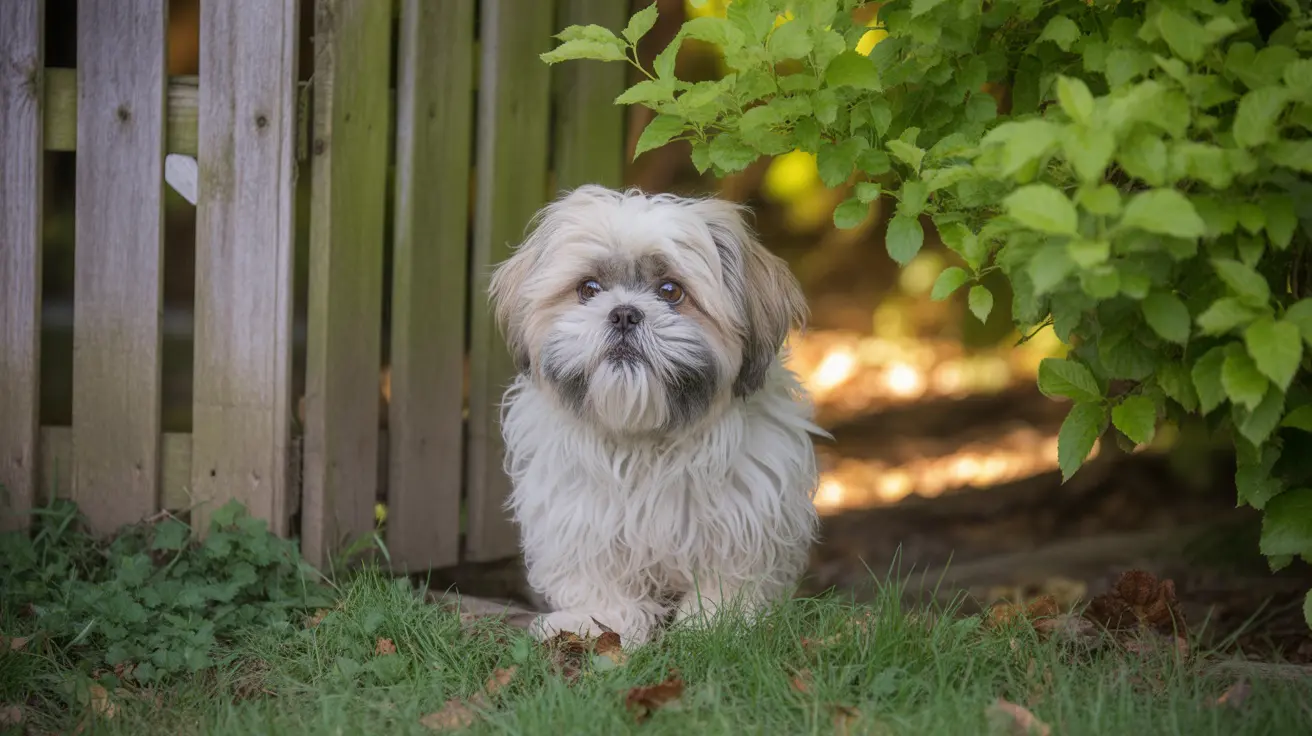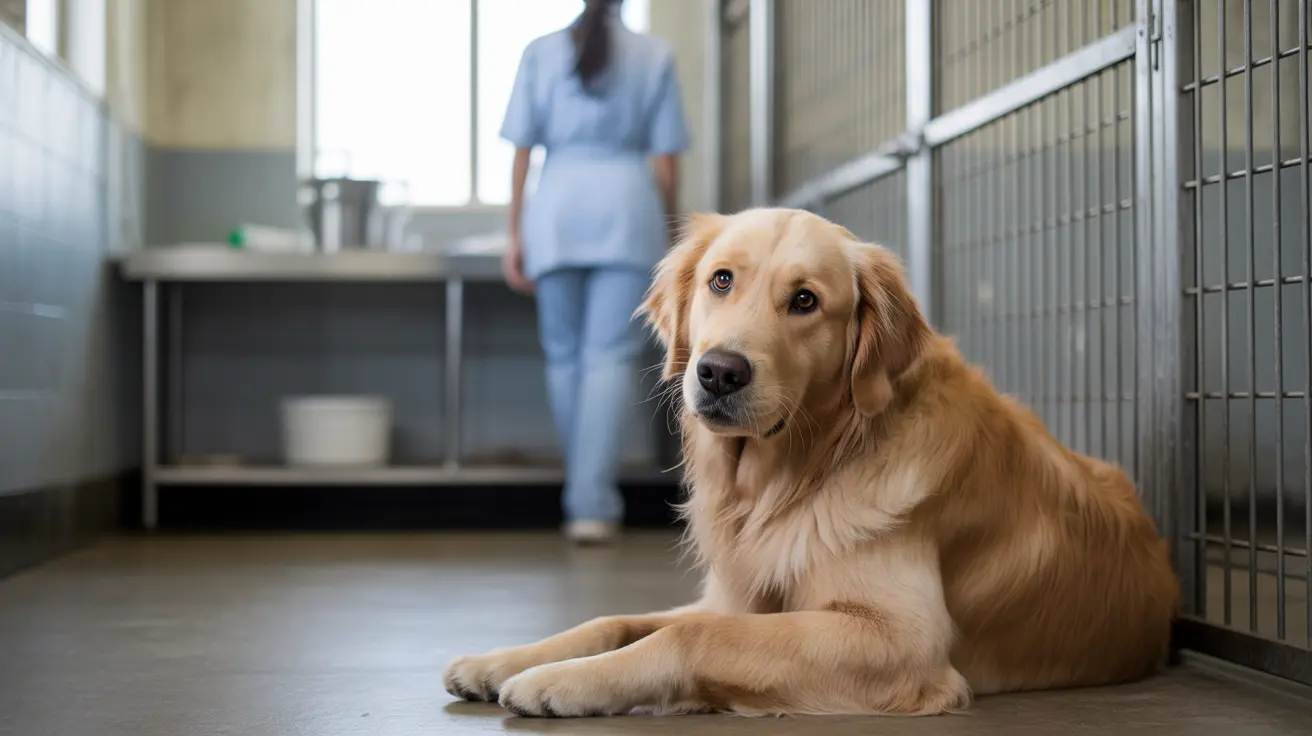Have you ever wondered why your furry friend seems to be your constant companion, following you from room to room like a dedicated shadow? This common behavior, while endearing, has deep roots in both canine psychology and evolutionary history. Let's explore the fascinating reasons behind your dog's devotional following behavior and what it means for your relationship.
From ancient wolf pack dynamics to modern-day companionship, your dog's tendency to follow you everywhere is a complex blend of instinct, emotional bonding, and learned behavior. Understanding these motivations can help you better appreciate and manage this characteristic trait of our beloved canine companions.
The Evolutionary Background of Following Behavior
Dogs are descendants of wolves, and this heritage plays a crucial role in their following behavior. In the wild, wolves stay close to their pack for survival, protection, and successful hunting. Your dog's instinct to follow you stems from this ancestral need to maintain group cohesion.
When dogs became domesticated, they transferred this pack mentality to their human families. You've essentially become their pack leader, and staying close to you fulfills their deeply ingrained social needs.
The Bond Between Dogs and Their Humans
Following behavior is often a sign of strong emotional attachment. Dogs form intense social bonds with their owners, and physical proximity helps reinforce these connections. Every time your dog follows you and receives positive interaction, their brain releases oxytocin, often called the "love hormone," strengthening their desire to stay close.
This behavior can be particularly pronounced in dogs adopted as puppies before eight weeks of age, as early imprinting creates especially strong attachment patterns.
Learning and Reinforcement
Dogs are masters at picking up patterns and associations. When following you leads to rewards like treats, meals, walks, or attention, they quickly learn that shadowing you has positive outcomes. Even unintentional reinforcement, such as absent-minded petting when your dog follows you to the couch, can strengthen this behavior.
Many dogs also learn that certain actions - like picking up car keys or putting on shoes - predict exciting activities, leading them to follow you in anticipation of these events.
When Following Becomes Concerning
While following is typically normal and healthy, excessive clingy behavior might indicate underlying issues. Watch for signs such as:
- Extreme distress when separated
- Destructive behavior when left alone
- Inability to relax unless in direct contact
- Sudden increases in following behavior
These symptoms could suggest separation anxiety or other health concerns that may require professional intervention.
Creating Healthy Boundaries
To help your dog develop independence while maintaining your strong bond:
- Establish a consistent daily routine
- Create comfortable spaces where your dog can relax alone
- Provide mental stimulation through puzzle toys and training
- Gradually practice short periods of separation
- Reward calm, independent behavior
Frequently Asked Questions
Why does my dog follow me everywhere around the house?
Dogs follow their owners due to a combination of pack instinct, emotional bonding, and learned behavior. It's their way of maintaining social connections and ensuring they don't miss out on important activities or rewards.
Is it normal for dogs to follow their owners closely all the time?
Yes, following behavior is generally normal and common in dogs. However, if the behavior becomes excessive or interferes with daily life, it may require attention from a professional.
Can my dog's following behavior be a sign of separation anxiety?
While following alone isn't necessarily indicative of separation anxiety, excessive following combined with distress when separated, destructive behavior, or panic when left alone may suggest separation anxiety.
How can I help my dog be less clingy and more independent?
Encourage independence by providing mental stimulation, establishing routines, creating safe spaces, and gradually increasing separation periods while rewarding calm behavior.
Do certain dog breeds tend to follow their owners more than others?
Yes, some breeds, particularly those bred for close human cooperation like herding dogs and retrievers, are more likely to exhibit following behavior due to their working heritage.
Remember, your dog's following behavior is typically a sign of trust and affection. By understanding and appropriately managing this natural tendency, you can maintain a healthy, balanced relationship with your faithful companion.






